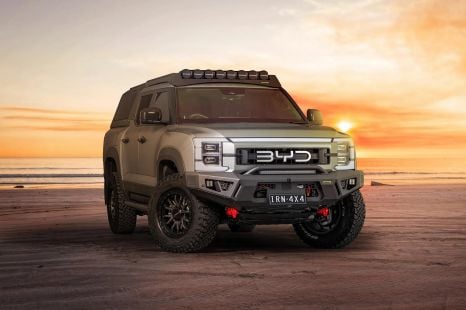

William Stopford
BYD Shark 6 gets higher payload thanks to GVM upgrade
59 Minutes Ago

News Editor
Right now, Holden signage is being taken down from dealerships across the nation and the last Holdens are being snatched up by bargain-conscious buyers. The 72-year long story of Holden, Australia’s only mainstream car brand, is coming to an end.
UPDATE, 22/02/2025 – As it’s now been five years since the Holden brand was shuttered – the official announcement came down on February 17, 2020 – we’re republishing this story from 2020.
Let us know if you’d like to see more in this series!
Go to any classic car show or Cars & Coffee in the foreseeable future and you’re bound to see a Commodore SS or Monaro; watch, too, as their values go up.
But during the brand’s long history, Holden showrooms were home to a host of other, less popular and certainly less valuable vehicles.
From its introduction as part of the VH line in 1981, the New Zealand-exclusive Royale always paired the highest Commodore specification level (first SL/E, later Calais) with the smallest engine.

At first, that meant the utterly underwhelming Starfire 1.9-litre four-cylinder, a cut-down version of Holden’s venerable six with just 54kW of power and 138Nm of torque.
Though it was axed here, the Starfire lingered on in the VK Commodore and Royale redesign, though the 3.3-litre six became an option.
The VL, however, saw an engine which we missed out on here: Nissan’s fuel-injected 2.0-litre RB20 inline six, with a more impressive 95kW of power – 19kW off the RB30 – and 180Nm of torque.
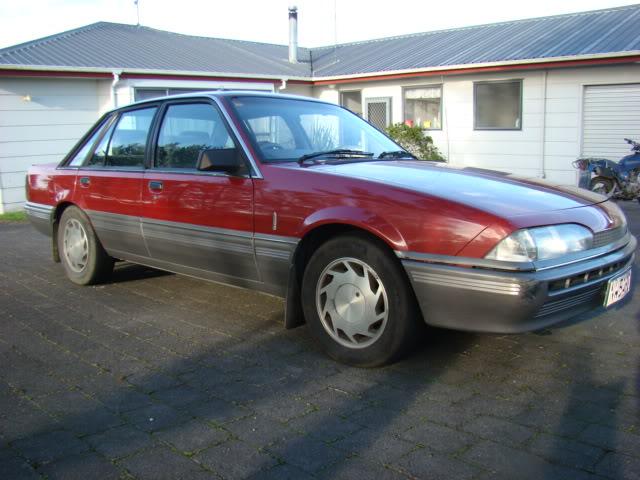
The VL Royale shared the Calais’ two-tone appearance and tail lights, albeit without the sleek pop-up headlights.
For the VN Commodore and Royale, the last generation manufactured in New Zealand, Holden’s Family II naturally aspirated four-cylinder was standard.
Available with either a four-speed auto or five-speed manual, it produced 83kW of power and 169Nm of torque. In more NZ-market weirdness, Holden also rebadged the Berlina as an Executive and vice versa.
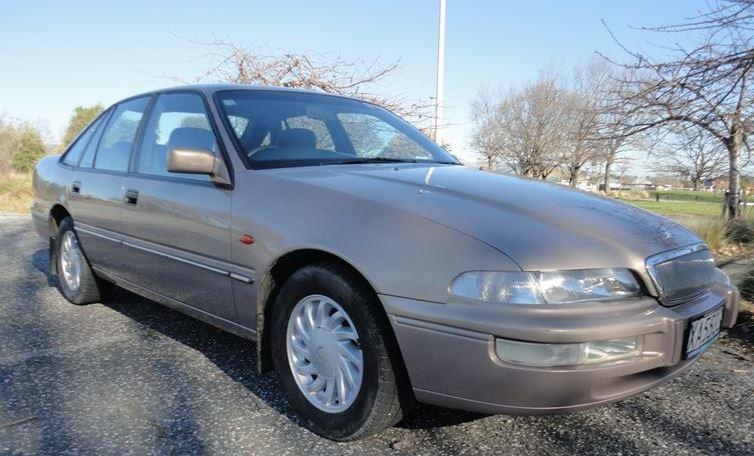
The Royale name subsequently took a break, though it returned with the VS. GM’s Singaporean operations had cancelled the Opel Calais, a unique Asian-market Commodore derivative, and New Zealand’s more lenient importation rules allowed Holden to sell them over there.
Initially mating a Calais with a Statesman front end and Opel-sourced 2.6-litre Dual-Ram inline six (110kW/220Nm), the VS version of the Opel Calais and Holden Royale used the Caprice’s front end and an Opel 2.5-litre V6 (125kW/227Nm) and a four-speed automatic.
Though the Royale name continued into the VT and VX series, there’d be no more peculiar, small-engined Commodore derivatives… at least not in New Zealand.
The One Tonner Cross6 was conceived under the reign of Holden boss Peter Hanenberger, who saw to it that the 1997-vintage VT Commodore platform be put to good use.
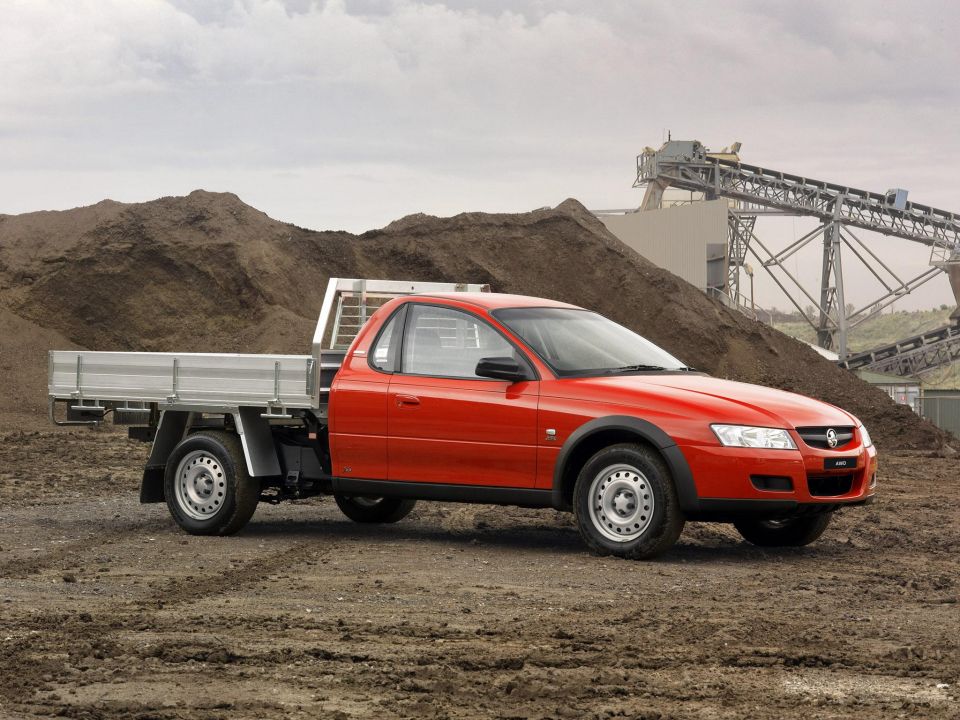
What had initially underpinned the rear-wheel drive Commodore sedan and wagon, Ute and Statesman and Caprice – already a sprawling range – soon found itself under the resurrected Monaro coupe and One Tonner and Crewman utes.
Holden also developed an all-wheel drive system, which was used for the Crewman, Adventra crossover and this: the VZ One Tonner Cross6.
Launched after Hanenberger left Holden, this was the rarest of the lot. Reportedly just 50 were produced out of 261,238 VZ Commodore-based vehicles, despite it having all-wheel drive and therefore offering a point of distinction from its high-riding rival, the Ford Falcon Ute RTV.
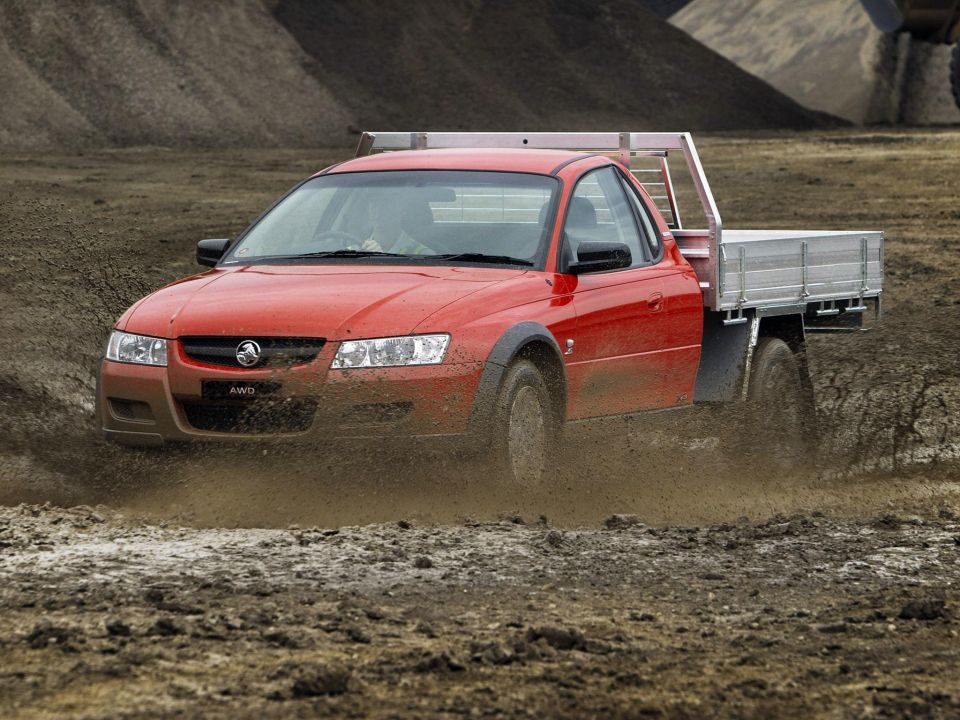
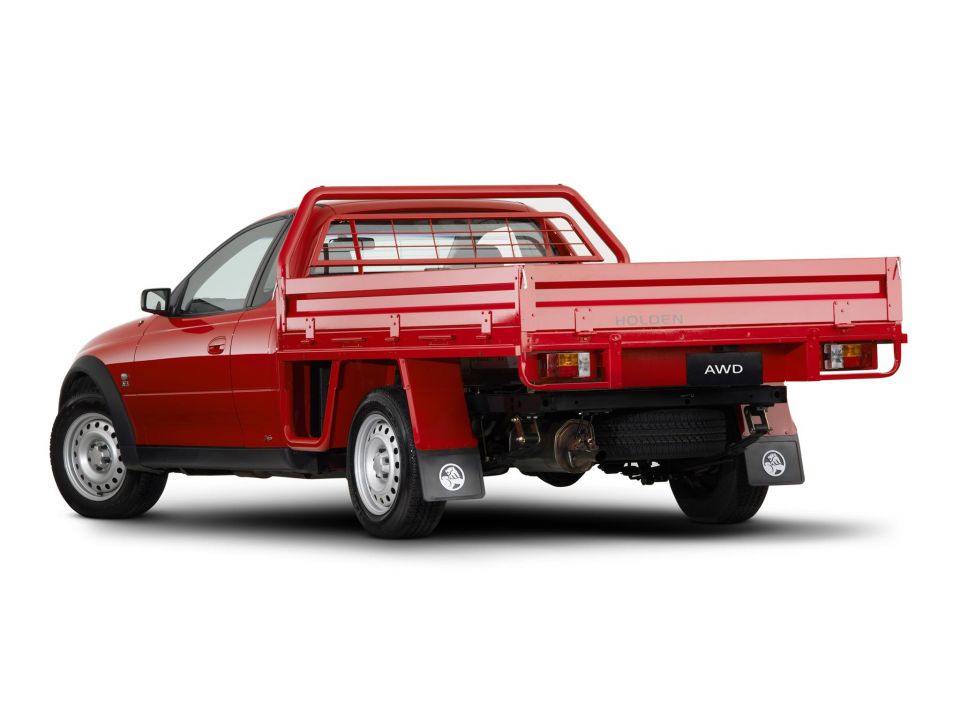
Priced at around $2500 more than the rear-wheel drive One Tonner, the all-wheel drive cab chassis was available exclusively with the lower-tune 175kW/320Nm 3.6-litre Alloytec V6 and four-speed automatic transmission; to get an AWD V8 ute, you had to step up to the larger Crewman.
The investment in this new model seemed rather pointless, however. It went on sale in April 2005, only to be discontinued along with the regular One Tonner in December as Holden readied the next-generation VE ute.
The Crewman Cross6 and Cross8 lasted another eight months or so before being axed; the Adventra followed soon after, ending Holden’s brief affair with locally built all-wheel drive models.
If you think there’s nothing even remotely obscure about the fabulously popular V2 Monaro, you may have forgotten about the short-lived Monaro CV6. Just 475 units were produced before it was axed in 2003.
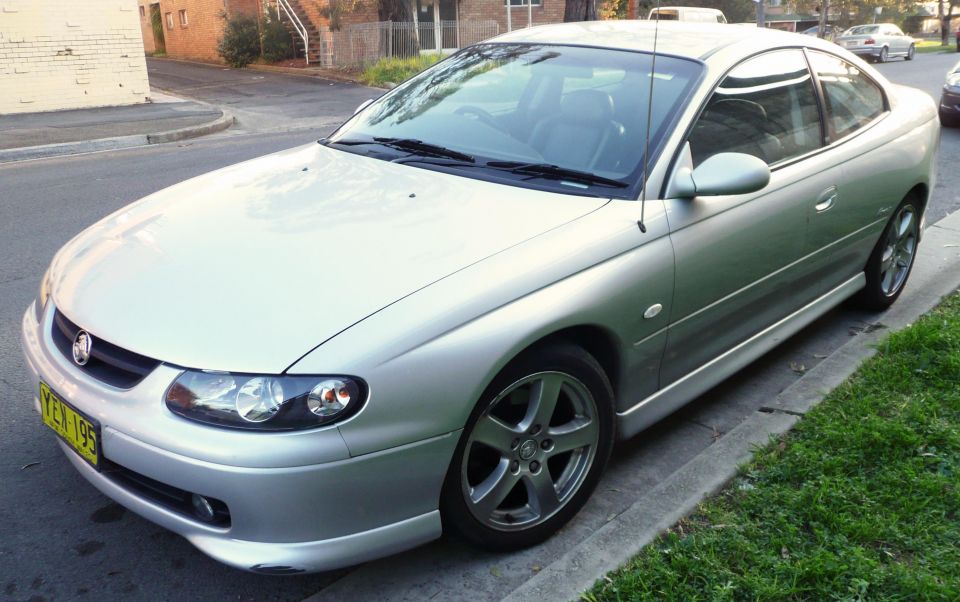
It was the entry-level model in the V2 Monaro range at its launch, priced at $47,990 – almost $10,000 less than the CV8. Unlike the CV8, it was available only with a four-speed automatic, which was mated to Holden’s supercharged 3.8-litre V6 engine.
The blown six produced 171kW of power and 375Nm of torque, down 54kW and 95Nm on the 5.7-litre V8. The CV6 also used smaller 17-inch alloy wheels.
When Holden introduced the Alloytec 3.6-litre V6 with the VZ update, it was notable in that even its less powerful tune had more power than the supercharged 3.8-litre, though even the punchier version lacked the blown six’s torque.
Holden could’ve offered the 3.6-litre in the Monaro, with both a manual and automatic, but the sales breakdown between CV6 and CV8 showed there was little point. The CV6 was retired before the Alloytec even reached the market, and all subsequent Monaros were V8s.
When it comes to Holden, you’re either glass half full or glass half empty. If you’re the former, you celebrated Holden offering myriad models from all over the General Motors corporate empire.
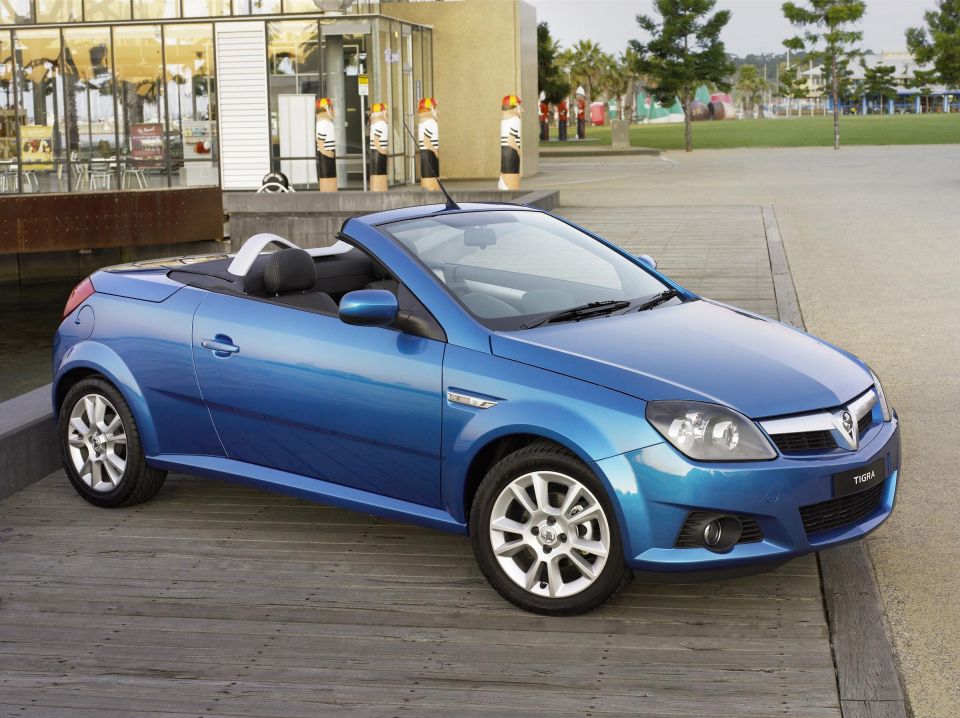
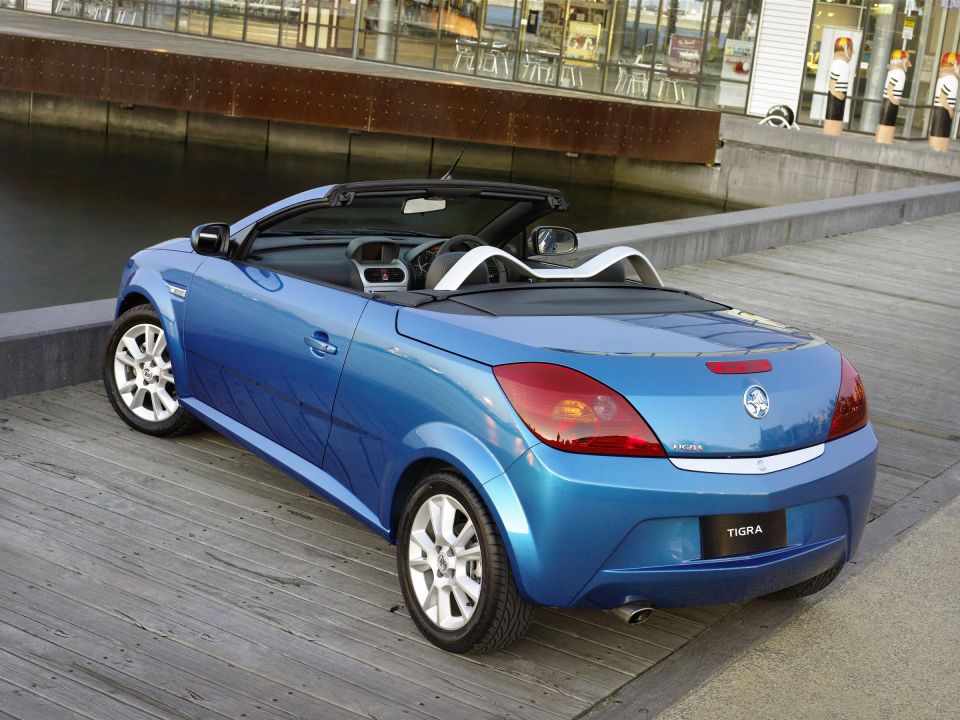
If you’re the latter, you shake your head at a brand that would introduce so many new nameplates and discard them like used gum after just a few years.
Meet the two-seater Tigra, one pellet that still had plenty of flavour when it was spat out. We missed out on the shapely first-generation coupe, though as a concession we had a locally converted cabriolet version of the Barina/Opel Corsa it was based on.
Holden was then able to secure the second-generation Tigra, which had morphed into a folding hardtop convertible.
At the time, this body style was a hot ticket and almost every automaker seemed to have one. Here, the Tigra went up against the similarly priced Peugeot 206CC and Mitsubishi Colt CZC.
Its trick roof took just 18 seconds to fully retract, but its appeal was limited by the lack of an automatic transmission. Only a five-speed manual was available, mated to the old Barina SRI’s naturally aspirated 1.8-litre four-cylinder engine with 92kW of power and 165Nm of torque.
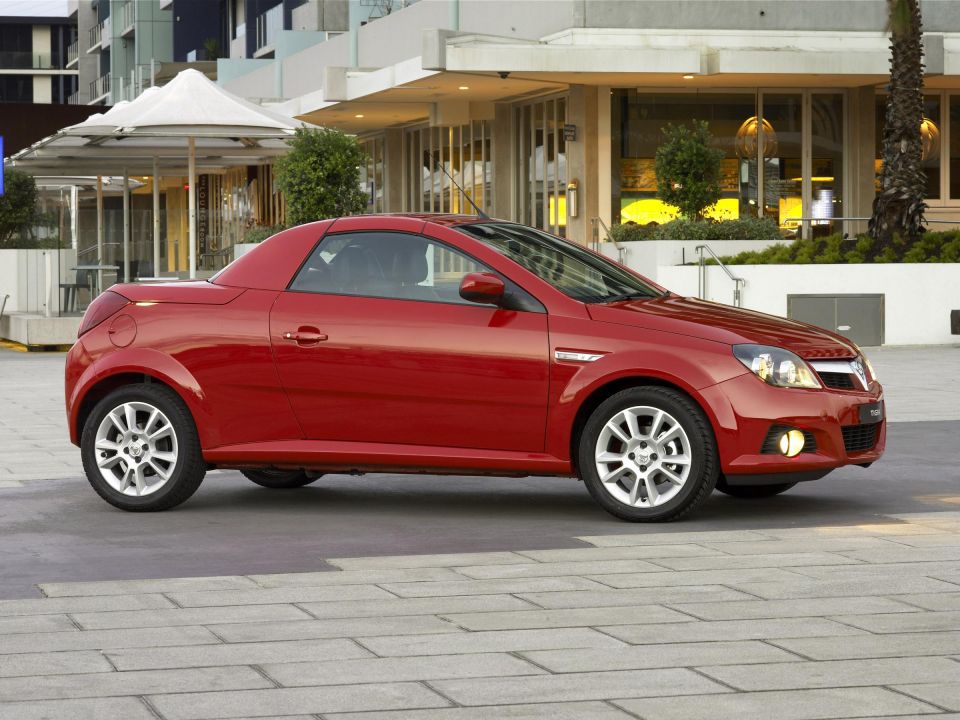
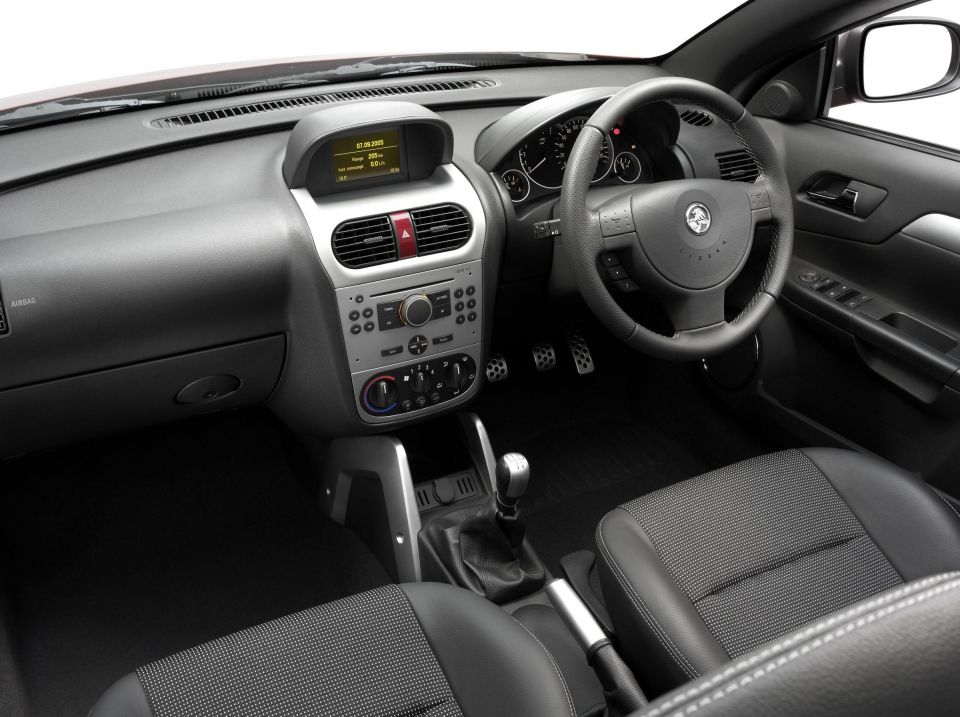
It weighed 1248kg, or around 250kg more than the XC Barina upon which it was based, which meant performance was average at best.
Holden may have enjoyed some success with the Astra convertible but the Tigra was met with buyer apathy. The company projected 1000 annual units but in its first and only full year on the market, Holden shifted 651 units. The $10,000 pricier Astra convertible, in contrast, had 907 sales in the same year.
All up, just 1056 Tigras were sold here.
There was nothing especially wrong with it, lack of an auto aside – it was a cute little thing, a decent steer, more cohesive than the old Barina Cabrio, and about as practical and special inside as similarly priced folding hardtop convertibles.
Fortunately for folding hardtop convertible fans, the redesigned drop-top Astra picked up such a roof for 2007. This body style’s moment in the sun, however, would soon end.
The Volt was a Chevrolet Volt with the golden bowtie prised off and a lion logo in its place; you can still see the cut-out for the Chevy logo up front.
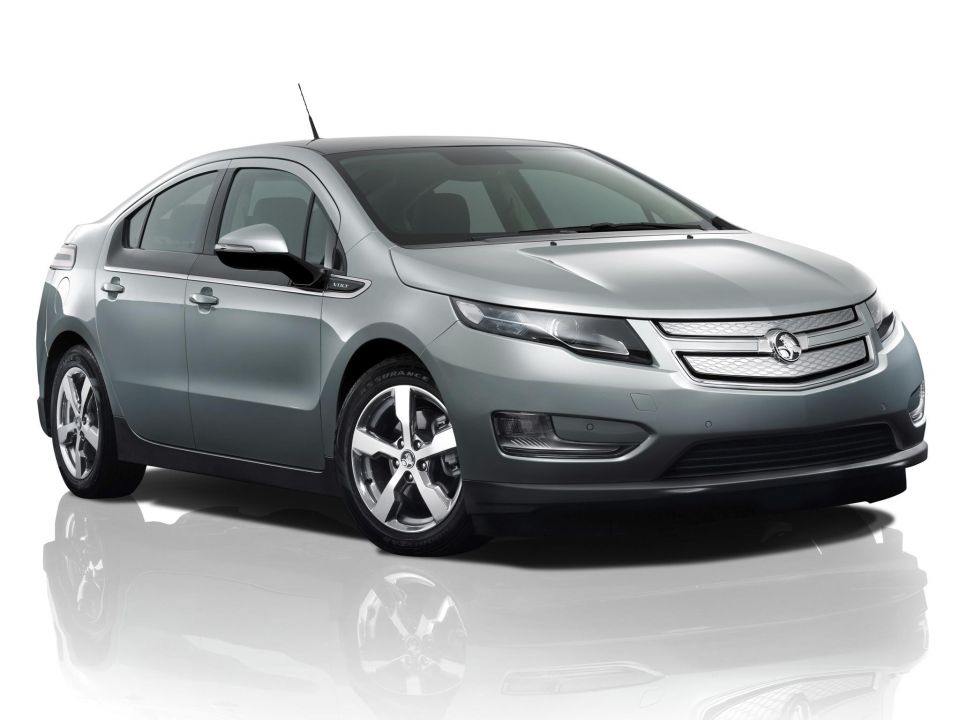
Based on the same Delta II platform as the Astra and Cruze, the Volt was the vehicle General Motors proudly boasted about to the US Congress as it went through its government-supported bankruptcy proceedings.
The car debuted GM’s Voltec system, which allowed it to operate as a pure electric vehicle until it was out of charge. Then, a 1.4-litre four-cylinder petrol engine with 63kW of power kicked in as a generator until you were able to charge the 16.5kWh lithium-ion battery.
GM reasoned the Volt had the benefits of an all-electric vehicle without giving owners range anxiety.
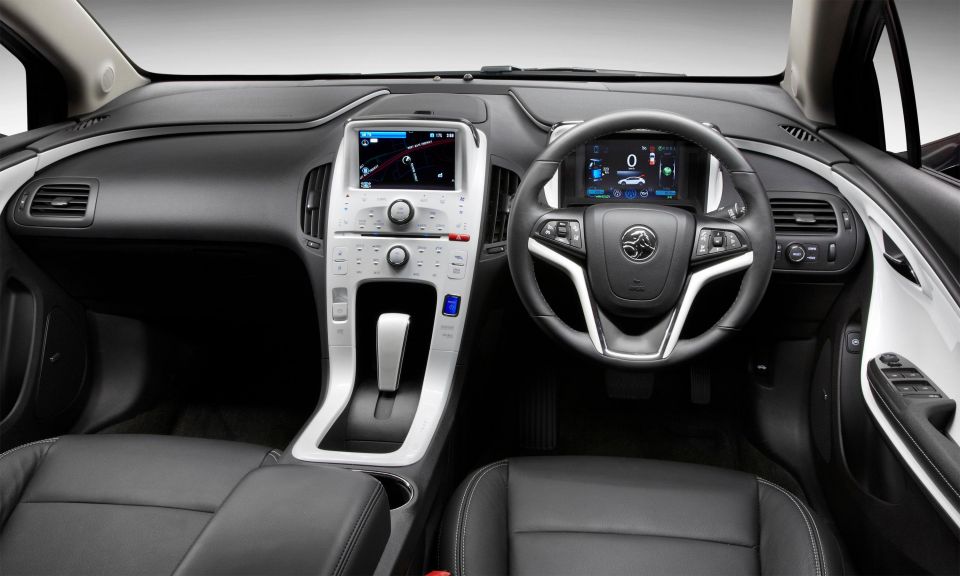
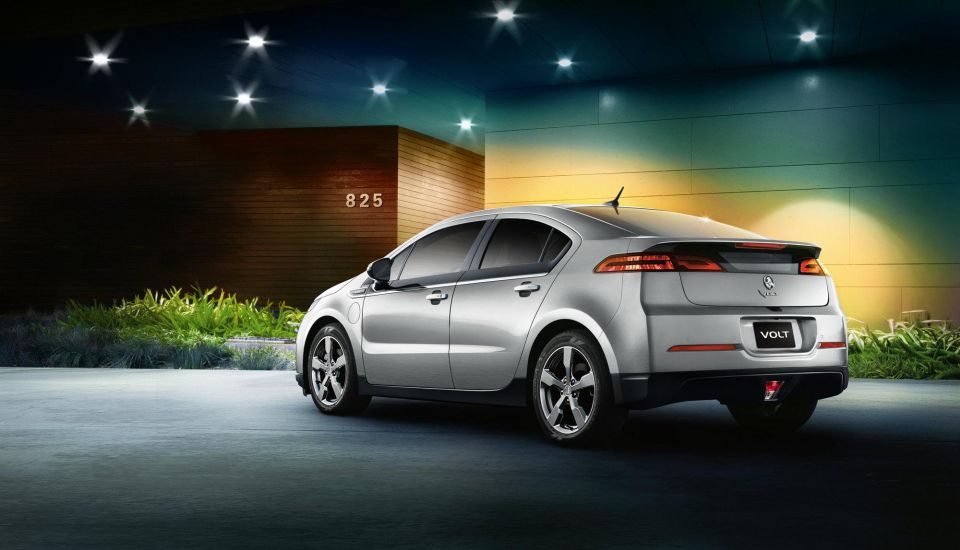
The Holden Volt came in a single, highly specified trim with niceties such as leather seats (heated up front), keyless entry and start, a 7.0-inch touchscreen and a six-speaker Bose sound system, as well as features new to the Holden brand like forward-collision and lane-departure warning systems.
So, why did such an impressive car do so poorly here? As is the case for many of these Holdens, high prices may be to blame. The Volt was priced at $59,990, making it one of the priciest Holdens.
In fact, when Holden slashed prices of its refreshed WN Caprice in 2013, the flagship V V8 received the same price tag. The Volt was also undercut by rivals such as the electric Nissan Leaf and Mitsubishi Outlander PHEV.
With no right-hand drive version of the second-generation Chevrolet Volt available, Holden withdrew the nameplate in 2015. Just 247 were sold over its short run.
Before the Statesman and Caprice, there was the Brougham.
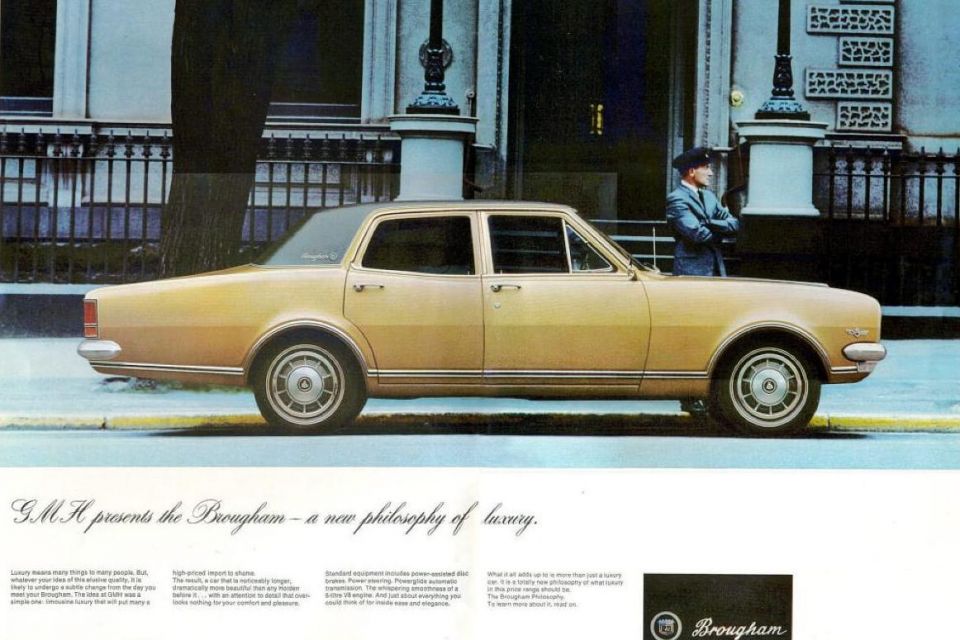
While many Holden names were borrowed from North American GM products (e.g. Caprice, de Ville, Apollo, Calais), the Brougham used a generic trim level name commonly used in the States by Ford, GM, Chrysler and American Motors for a top-spec, vinyl-roofed model.
Launched at the same time as the legendary Monaro, the Brougham sat atop the HK range and served as Holden’s answer to the Chrysler Valiant V.I.P. and Australian-designed Ford Fairlane both introduced in 1967.
It was a rather hasty response, though, as the Brougham was little more than a top-spec Premier with a 186mm longer rear overhang.
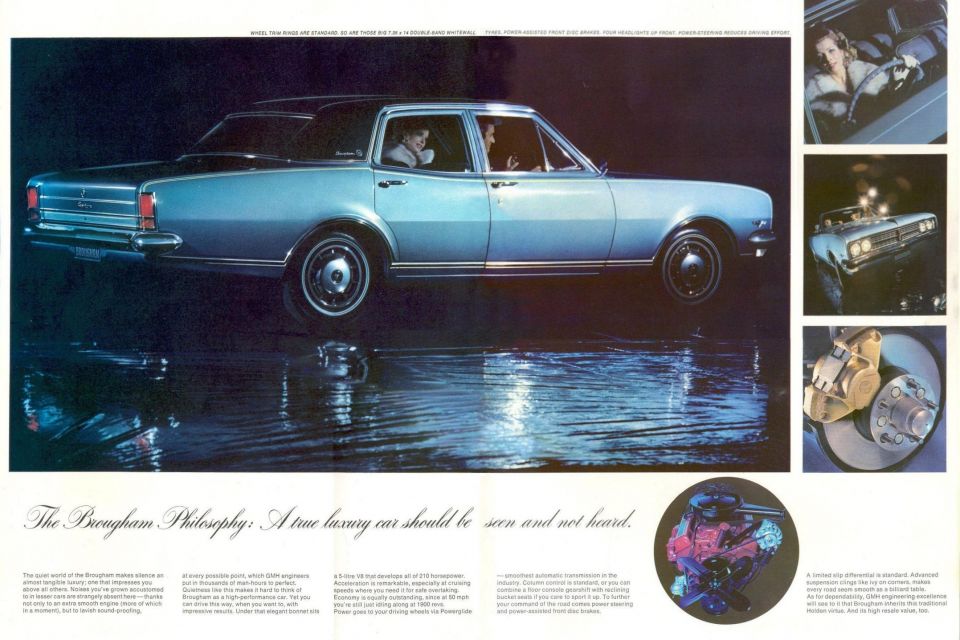
The regular HK sedan’s 111-inch wheelbase remained untouched, which meant this physically more imposing vehicle was no roomier except in boot space. That made this a rather weak competitor for the Fairlane, not to mention a lacklustre replacement for the locally assembled Chevrolet Impala and Pontiac Laurentian and Parisienne.
It did, however, feature a Chevrolet-sourced 307 cubic-inch (5.0-litre V8) engine and two-speed Powerglide automatic transmission; this was replaced in the HT update with Holden’s new, more powerful 308 cubic-inch V8.
This lacklustre effort was met with a lacklustre response. In 1969, its first full year on sale, the Brougham recorded 3104 sales. In comparison, Ford sold 8622 Fairlanes and Chrysler – number three of the big Aussie three – sold 3192 of its V.I.P., which had received a longer wheelbase for ‘69.
The following year was even worse, Brougham sales tumbling by more than a thousand units and the Chrysler soundly outselling it.
Fortunately for Holden, it had a much more impressive successor for the Brougham waiting in the wings. In 1971, it introduced the first Statesman as part of the HQ series, with unique styling and the longer wheelbase of the HQ wagons. That nameplate went on to enjoy a much longer run than the short-lived Brougham.
General Motors-Holden was struggling in the 1980s, both financially and in the sales race. The Ford Falcon was outselling the Holden Commodore and, likewise, the Ford brand was well ahead – by 1986, Holden had 20.84 per cent of the Australian market against Ford’s 30.59 per cent.

What Holden really needed was a proper ute and a long-wheelbase sedan, both of which Ford had but which the Lion brand lost after 1984.
Instead, GM decided to fill Holden showrooms with a raft of entirely new products, sourced from some of its global partners.
Holden had already been successfully selling the imported, Isuzu-sourced Jackaroo and Rodeo so Suzuki’s Sierra four-wheel drive and Carry van probably seemed the ticket. Holden also offered the Shuttle, a large Isuzu van, from 1982 until 1990.
Both the Scurry and Drover were introduced in 1985. The former featured the smallest engine of any Holden ever, a carbureted 970cc four-cylinder with just 33.5kW of power and 75Nm of torque and a manual choke.

This forward-control van was available with either two or four seats, the latter option available with a higher roof.
The “wagon” also featured cloth seats and carpeting, but it’s unclear who Holden was expecting to buy such a vehicle here.
The Drover name tied the rebadged Sierra in nicely with the popular Jackaroo. There was a pretty comprehensive range, with a choice of soft-top, hard-top, ute and cab-chassis models, all powered by a 1.3-litre four-cylinder engine with 47kW of power and 100Nm of torque.
Both models lasted just two years on the Australian market. Holden and Suzuki renegotiated the terms of their agreement and the latter offered a five-door version of its Swift to sell as the Barina. As that would be a higher-volume model, Holden discontinued the Scurry and Drover.
Here’s a Holden so infamously unsuccessful, two guys wrote a book about simply trying to find one.
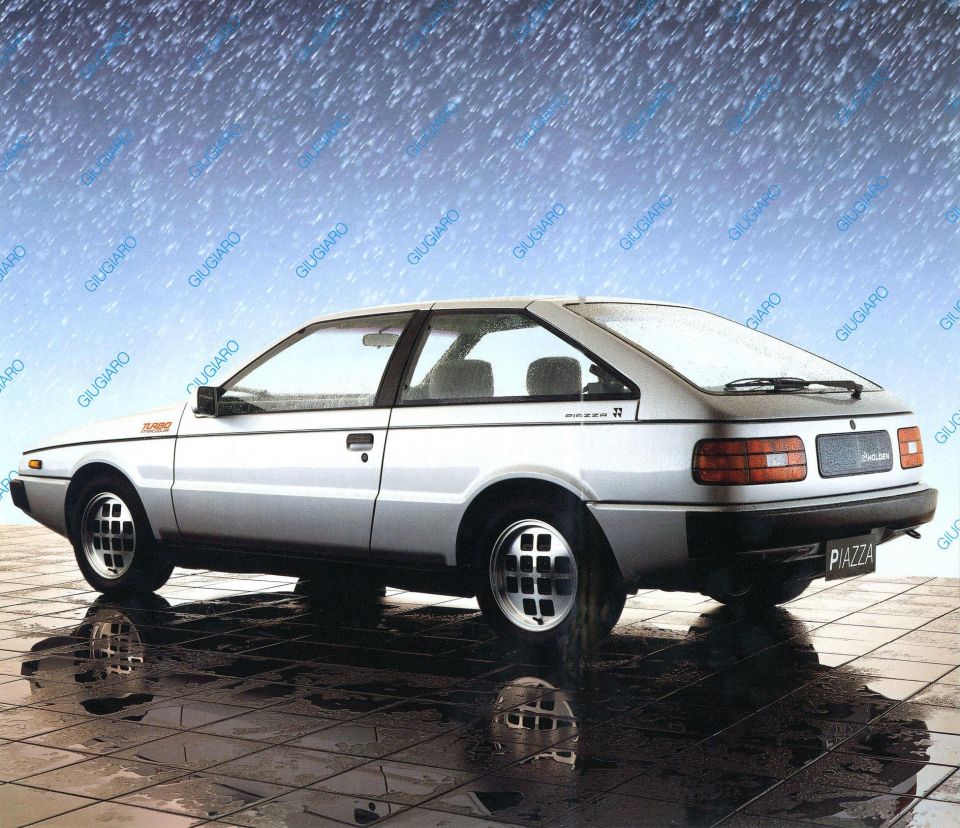
The Piazza arrived in the middle of the great expansion of the Holden range in 1986 – five years after its launch in Japan – and gave the brand a coupe for the first time since the axing of the Gemini coupe in 1979.
The Gemini connection was strong, however. Underneath that razor-edged styling, penned by Giorgetto Giugario and almost identical to his Ace of Clubs concept of 1979, the Piazza used the same global T-Body platform as the Gemini.
That meant the Piazza was riding one the same 1975-vintage platform as the discontinued TG Gemini. Perhaps that wouldn’t have been such a big deal if the Piazza didn’t cost as much as the vastly superior VL Calais Turbo.
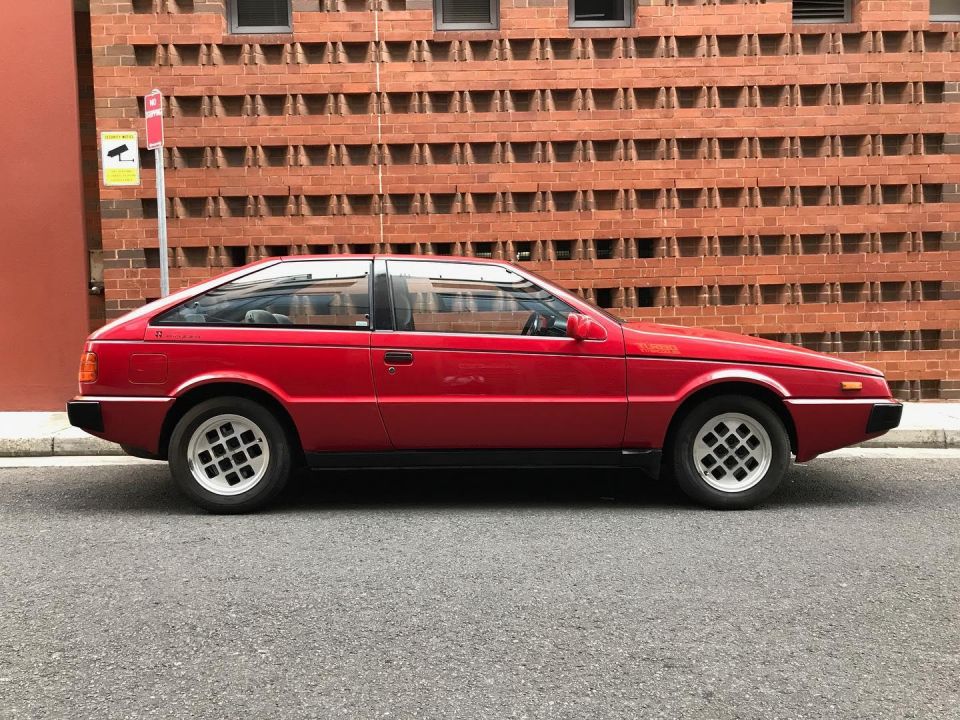
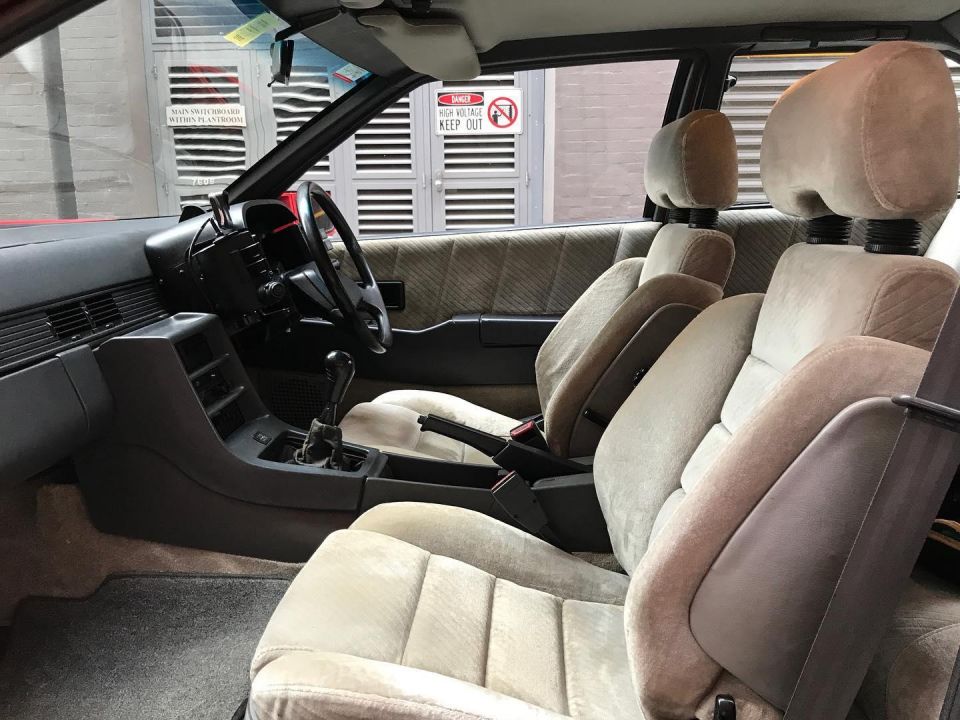
The imported Piazza used a turbocharged 2.0-litre four-cylinder engine, producing 110kW of power and 225Nm of torque and mated to either a four-speed automatic or five-speed manual transmission. The latter option featured a standard limited-slip differential, but even that couldn’t help it get power to the wheels effectively.
This was simply too much power for such a dated chassis and there was no local tuning to fix it, making this overpriced, outdated coupe both overwhelmed and underwhelming.
After just a few months, Holden slashed several thousand off the price and even arranged for it to be the prize car on Sale of the Century. Nothing seemed to help, and the Piazza was discontinued after around 18 months on the market. Just 379 were sold.
The worst part? Shortly after it was axed here, Isuzu contracted Lotus to take a crack at improving the handling, resulting in a much more resolved car. That was the Piazza we deserved, though even it would’ve probably flopped.
With the failure of the Piazza, Holden exited the sports coupe segment. Instead of introducing the Isuzu’s front/all-wheel drive successor, it instead looked to Opel.

The Opel Calibra had been introduced in 1990 as a replacement for the ageing, rear-wheel drive Manta. Like that model, it was based on a humble family sedan platform – in this case, the Vectra A – but couldn’t have looked more different.
Opel boasted it was the world’s most aerodynamic production car with a drag coefficient of just 0.26, which is an impressive figure even today.
Holden introduced the Calibra here late in 1991, powered by a choice of eight- and 16-valve 2.0-litre four-cylinder engines. Though a sweet quad-cam 2.5-litre V6 arrived in 1995, the standout of the range was the Turbo 4×4.
Introduced in 1994, it was the only Calibra to feature a constant all-wheel drive system and a turbocharged engine. Displacing 2.0 litres, it produced 150kW of power and 280Nm of torque, considerably more than even the later V6 model. The only transmission was a Getrag-sourced six-speed manual.
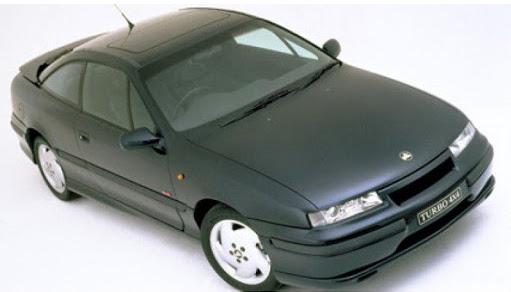
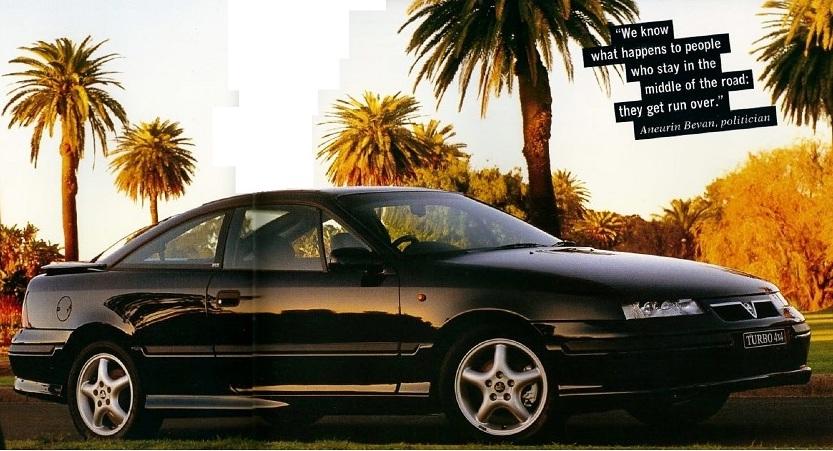
The interior betrayed its Vectra origins but the Turbo 4×4 was otherwise a special bit of kit, if a pricey one – initially priced at $56,900, it was around $20,000 more than a base Calibra and most rivals, including the turbo Nissan 200SX.
Despite a sweet ride/handling balance and seductive styling, the Calibra Turbo 4×4 never earned the cachet of a Subaru Impreza WRX. Like the rest of the range, sales were uninspiring – the Calibra was outsold by more than two-to-one by Japanese rivals including the Honda Prelude and Toyota Celica.
It lingered on until 1997, with the Turbo 4×4 remaining part of the range until the very end.
The Calibra Turbo 4×4 wasn’t the last high-performance Opel to make its way here. There was the TS Astra SRI Turbo hatch and its Turbo Convertible counterpart, the latter of which lasted just two years.
The Astra VXR later found its way into HSV showrooms, while the turbocharged V6, all-wheel drive Insignia OPC was imported first as an Opel and then as a Holden Insignia VXR. None of these were high-volume models but credit to Holden for bringing them here. That almost atones for the rebadged Daewoos…
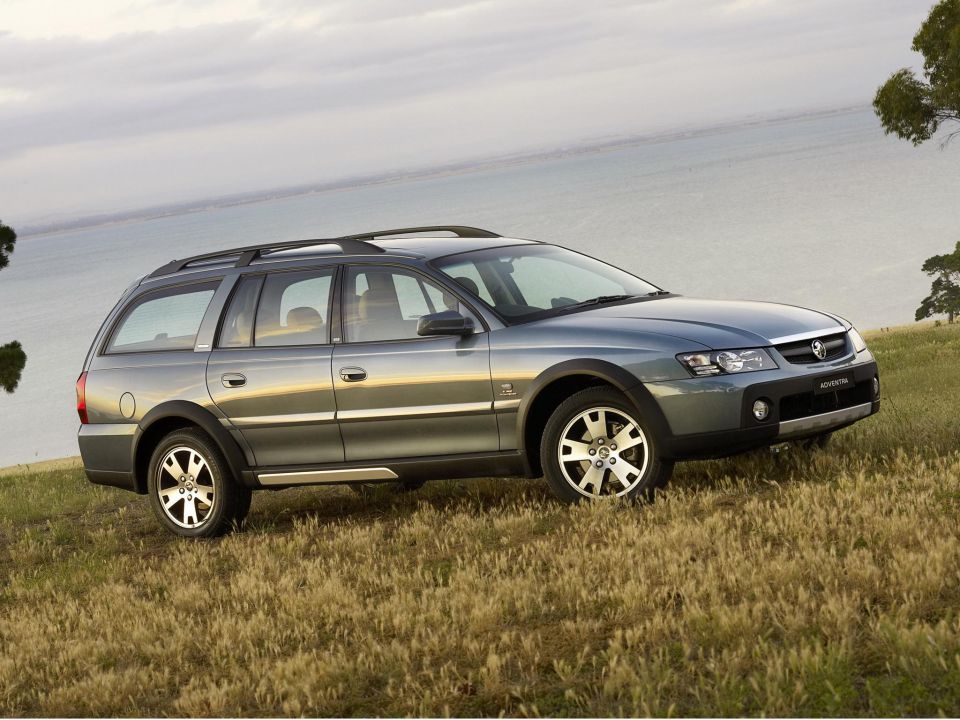
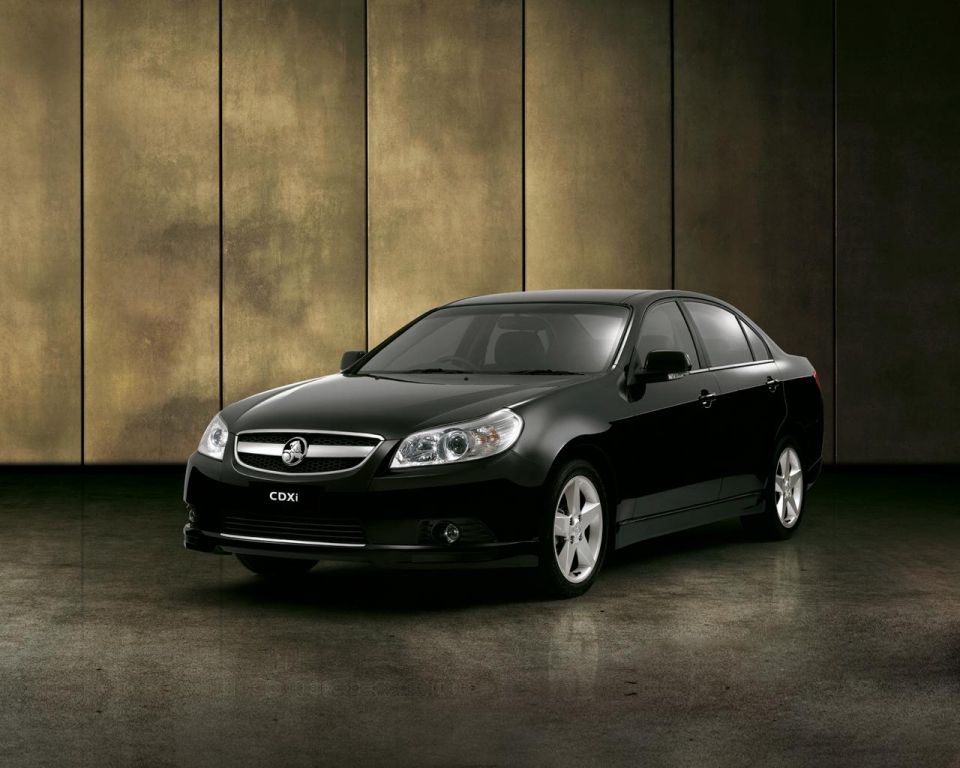

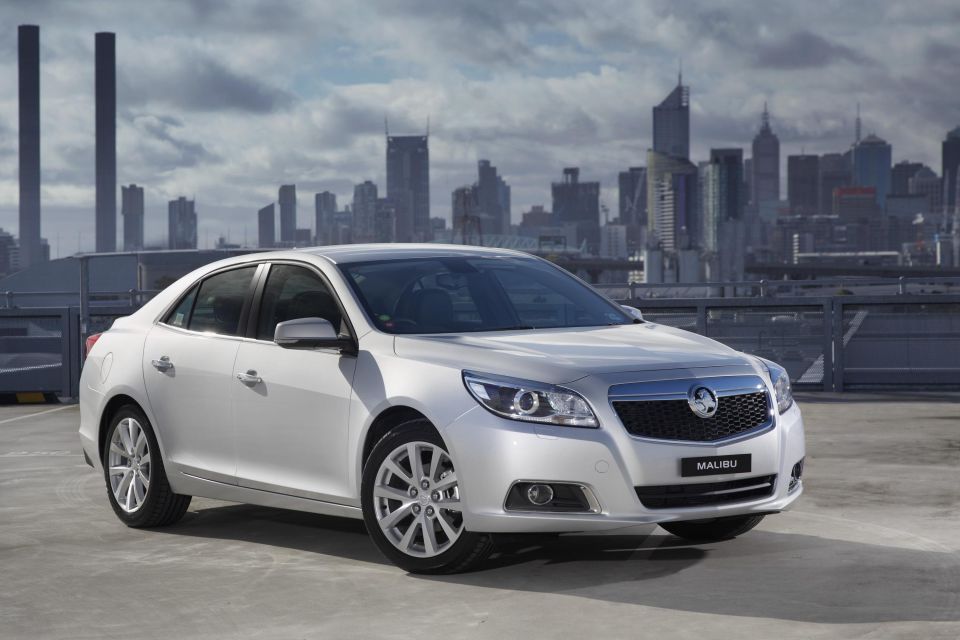
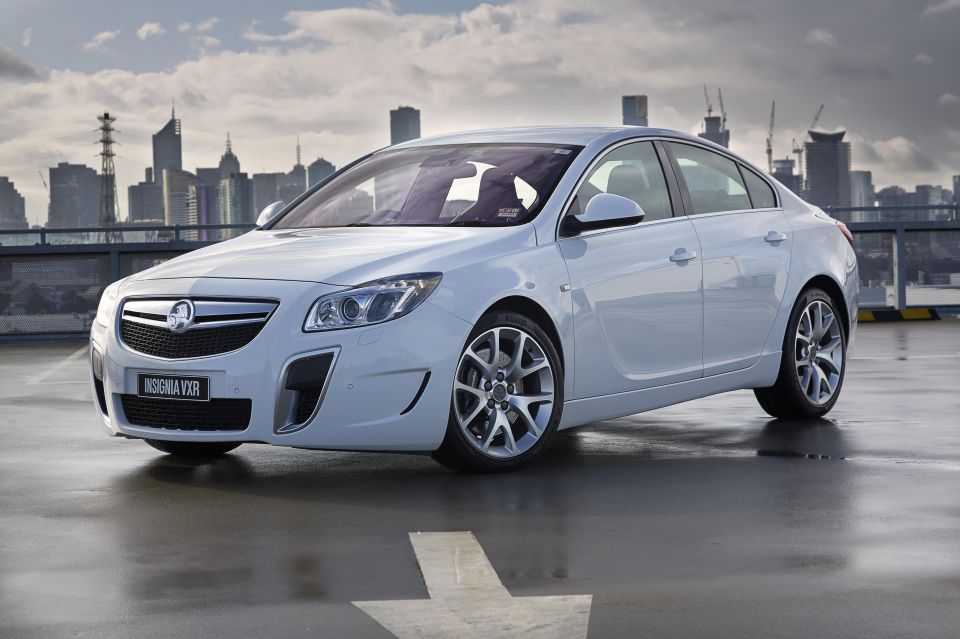
Choosing just 10 forgotten Holdens proved a challenge. After all, the brand was notorious for its scattershot product planning, introducing new models and discarding them after a single generation: see Epica, Insignia, Malibu, Suburban, Viva, Zafira, et all.
That did, however, mean Holden showrooms saw a lot of variety over its long history, with locally built models sold alongside rebadged products from Chevrolet, Daewoo, GMC, Isuzu, Nissan, Opel, Suzuki and Toyota.
Holden’s product and marketing efforts were sometimes incoherent but they were never dull.
Where expert car reviews meet expert car buying – CarExpert gives you trusted advice, personalised service and real savings on your next new car.
William Stopford is an automotive journalist with a passion for mainstream markets and historical automotive pieces.


William Stopford
59 Minutes Ago
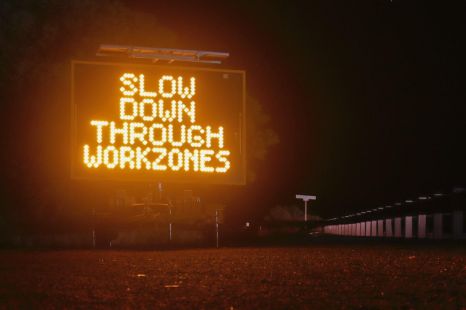

Ben Zachariah
3 Hours Ago
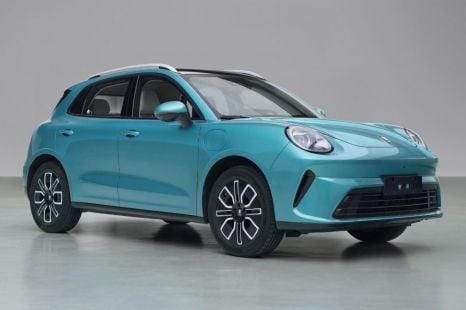

William Stopford
3 Hours Ago
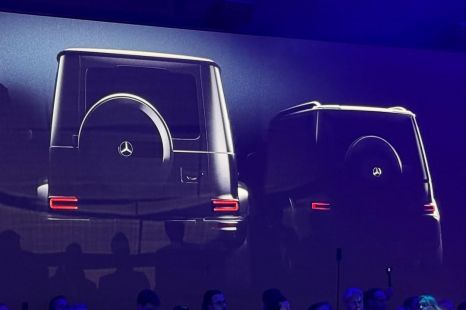

Ben Zachariah
6 Hours Ago
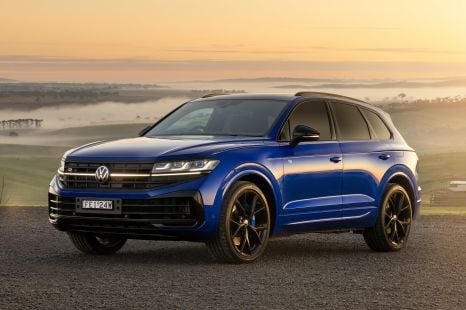

Damion Smy
6 Hours Ago
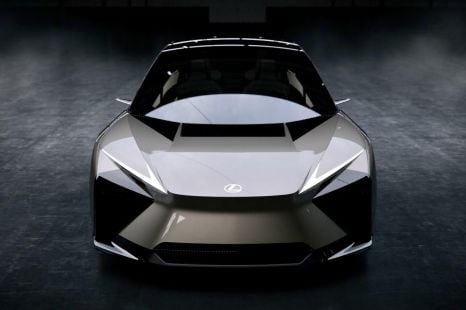

Ben Zachariah
6 Hours Ago